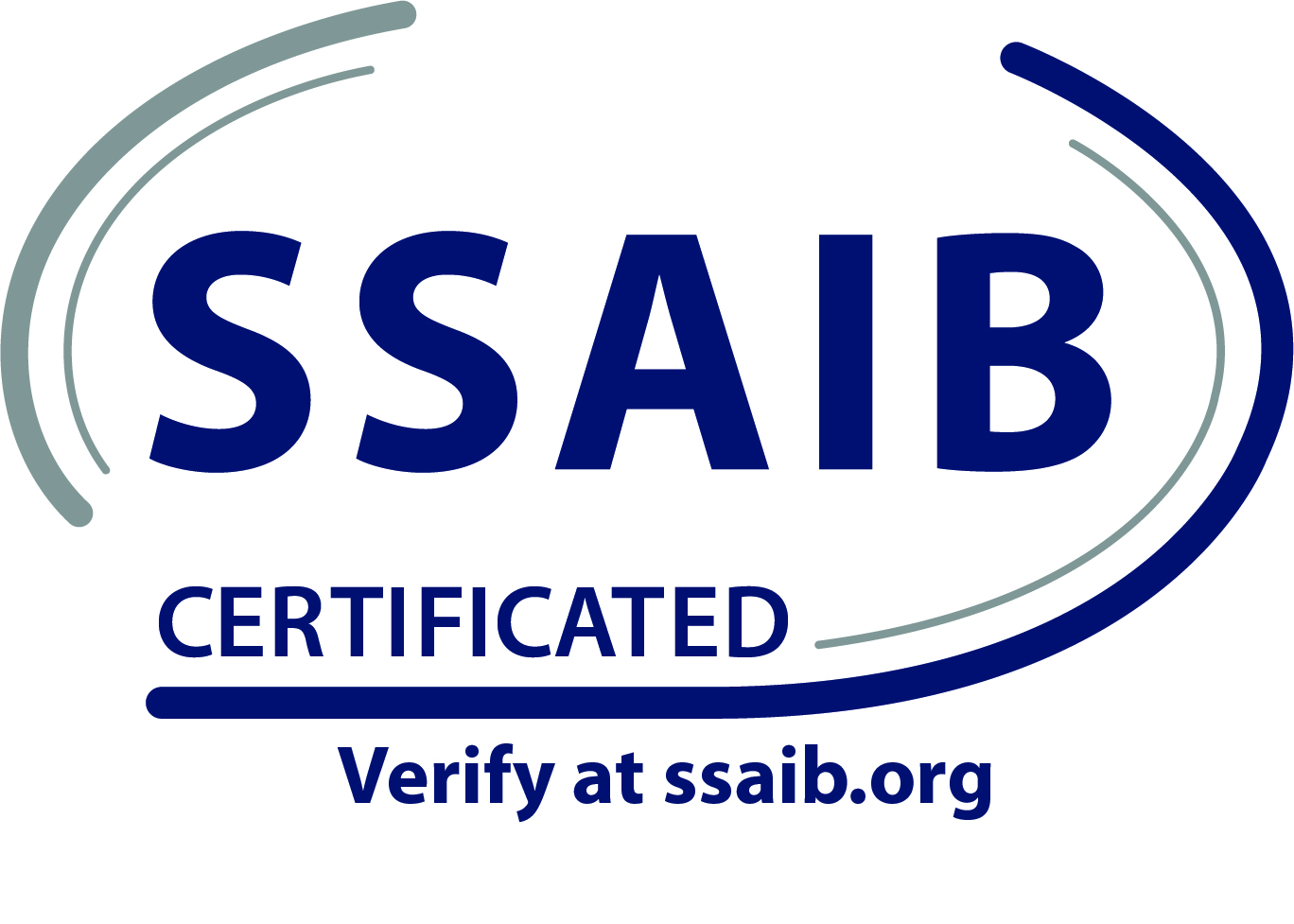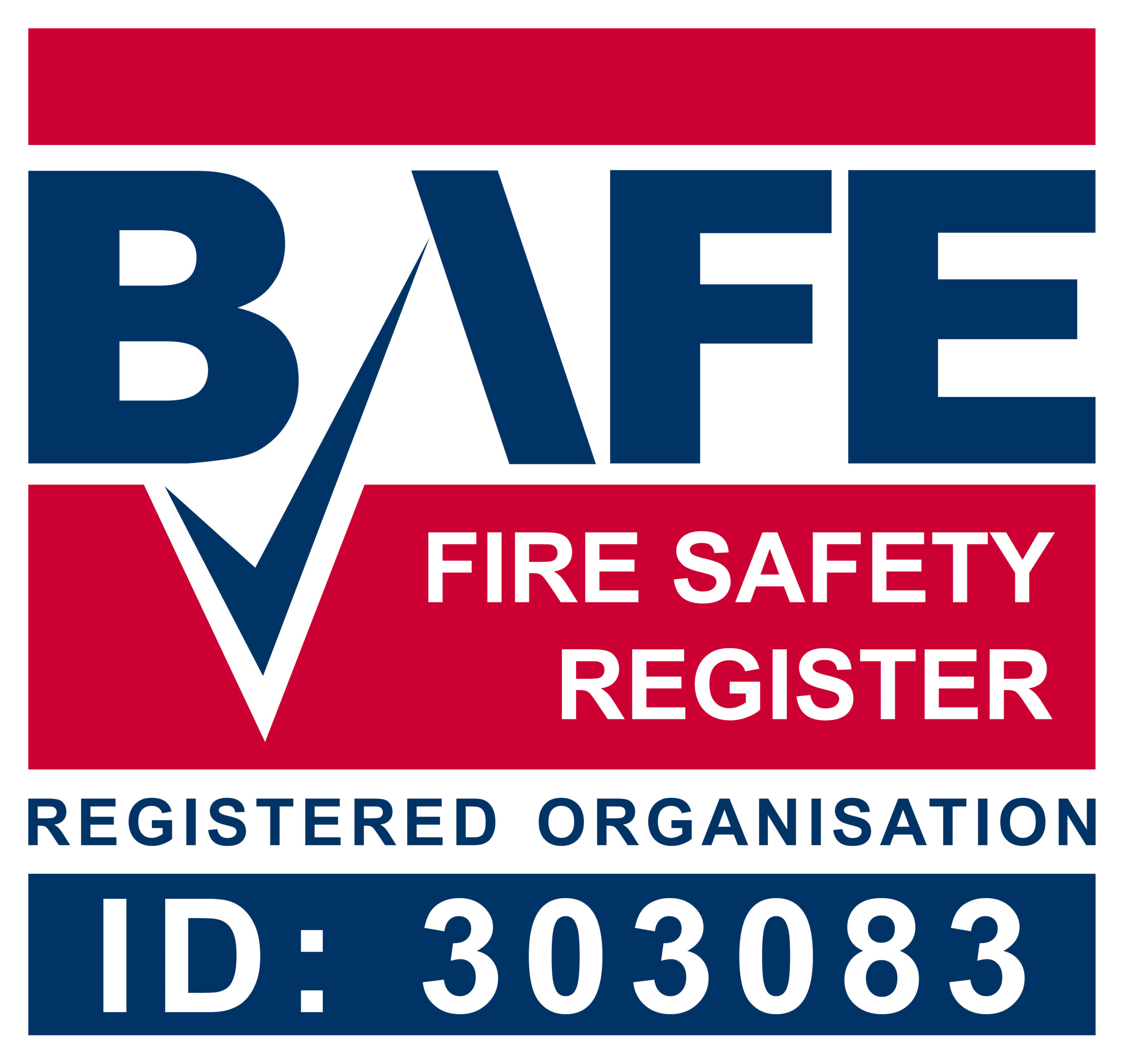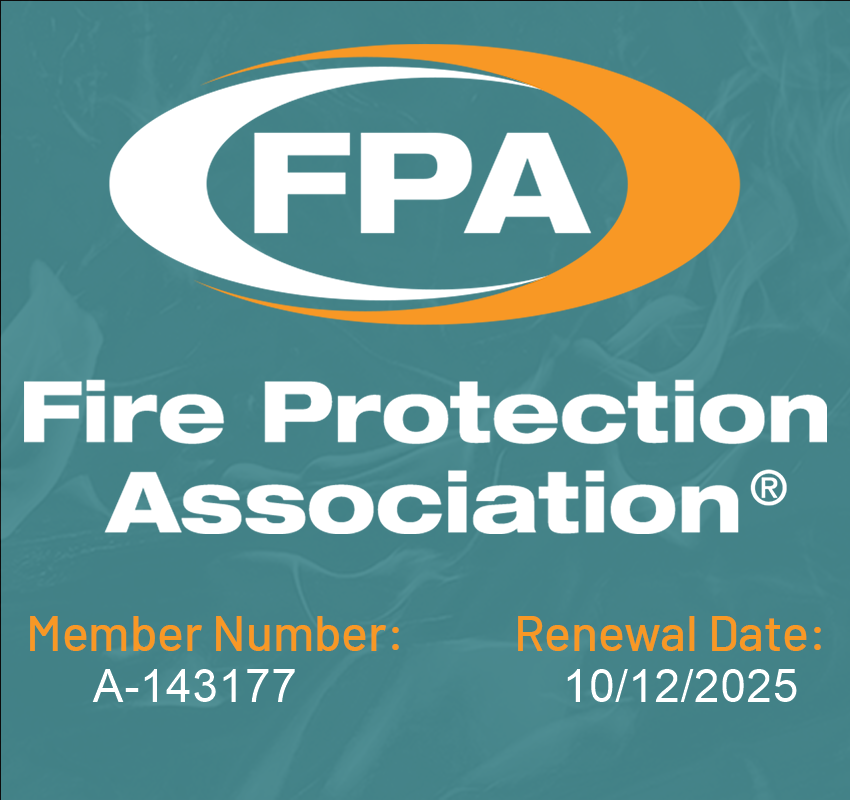Top 5 Workplace Fire Safety Tips
Fire safety is crucial in every workplace and needs to be taken seriously. A fire can be disastrous for any workplace, as it can threaten the safety of employees and visitors on-site as well as the future of your business.
Today we will be discussing our top 5 workplace fire safety tips that will help you create a safer environment for your employees.
- Fire Safety Equipment
To keep your workplace safe, you need to install the right fire safety assets/equipment, such as emergency lighting, fire safety signage, fire alarms, smoke ventilation, sprinklers etc..
The right fire safety assets will reduce the risk of fire occurring and developing unnoticed and help employees navigate safely out of the building to safety.
- Fire Risk Assessment
A fire risk assessment is a legal requirement for all businesses. A thorough fire risk assessment should be carried out to ensure that you understand the hazards in your workspace and what risk they pose, it will also inform the responsible person/s how to mitigate the identified risks.
- Fire Strategies
A fire strategy will provide a clear set of measures that encompass the management of fire safety and fire precautions and involve developing and implementing policies that address the relevant risks in your workplace.
A fire strategy will cover things such as fire safety signage, emergency lighting and the evacuation strategy, all of which are needed in your workplace.
- Communication/Training
As a business, you need to take measures to communicate to your employee’s relevant fire safety precautions. Relevant training should be provided to keep employees safe in the event of a fire, this training needs to include the specific hazards and risks associated with the employee’s workplace, generic fire safety training does not fully meet with the requirements of the RRO 2005.
Fire drills, for example, can provide employees with practical skills in the event of a fire, which means they will know what to do, however for employees that work with dangerous substances, for example, the training will need to be in-depth.
Fire Wardens
The number of fire wardens needed depends on different factors, including, shift patterns, leave periods, size of building, occupation, type of business you have and the number of floors. For example, for low-risk properties, the general rule of thumb is that you should have one warden for every 50 people; however, this can be influenced if the fire risk is higher with larger numbers of occupants and the levels of dependency e.g. hospital patients – Dependent or Very High Dependency.









